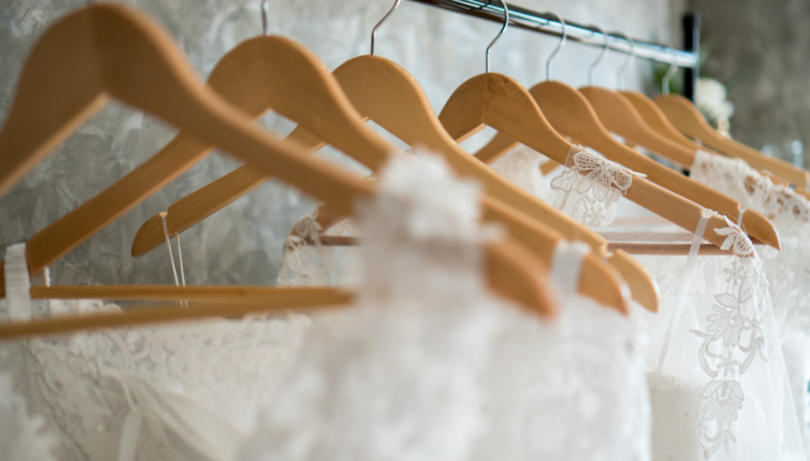Say “Yes” To The Trade Dress

Recently, I spoke with a client who asked about obtaining trade dress protection for a line of innovative and fashionable dresses she had designed and developed for girls and women. Despite its name, however, trade dress has nothing to do with latest fashion trends, runway collections, or dresses in the traditional sense.
Trade dress is a type of trademark that covers the aesthetic or visual elements that create the overall commercial look and feel of a product or service and that distinguishes it from others in the market. Trade dress can include packaging, color schemes, and even the design of the product itself. As with any trademark, trade dress protection—when appropriate—serves to ensure that consumers can identify and associate a particular product or service with a specific source. This is because trade dress protection prevents or limits others from using the same or confusingly similar elements in competing goods or services.
To obtain trade dress protection, the aspiring trademark owner must show that the trade dress is distinctive and nonfunctional. Distinctive means that it readily identifies you as the source of the good or service, generally because it is memorable and notable. It can be inherently distinctive or have acquired distinctiveness through consumer recognition over time. Nonfunctional means that it is not essential to the purpose or use of the good or service.
Some well-known examples of trade dress include the shape of Coca-Cola bottles, the red soles of Christian Louboutin shoes, the color of the wrapper for Reese’s Peanut Butter Cups, and the color, décor and design of Taco Cabana restaurants. Regarding the Chistian Louboutin shoes, the trade dress protection only covers the red soles and does not protect the design, shape, or functionality of the shoe itself.
While trade dress does not cover new designs of actual dresses, other forms of intellectual property, including utility or design patents, could provide protection against potential theft and infringement. For the client mentioned above, we filed several design patent applications that cover various ornamental features of the dresses. To learn more about the different types of patents, please see Stibbs & Co. attorney Jeff Wendt’s blog: https://www.stibbsco.com/can-i-patent-that/
Trade dress is an important, but often overlooked, type of trademark protection. If your product or service has unique aesthetic or visual elements, contact our office to schedule an appointment to discuss registration of that trade dress for increased legal protection.
These materials are made available by Stibbs & Co., P.C. for informational purposes only, do not constitute legal or tax advice, and are not a substitute for legal advice from qualified counsel. The laws of other states and nations may be entirely different from what is described. Your use of these materials does not create an attorney-client relationship between you and Stibbs & Co., P.C. The facts and results of each case will vary, and no particular result can be guaranteed. The facts and results of each case will vary, and no particular result can be guaranteed.





